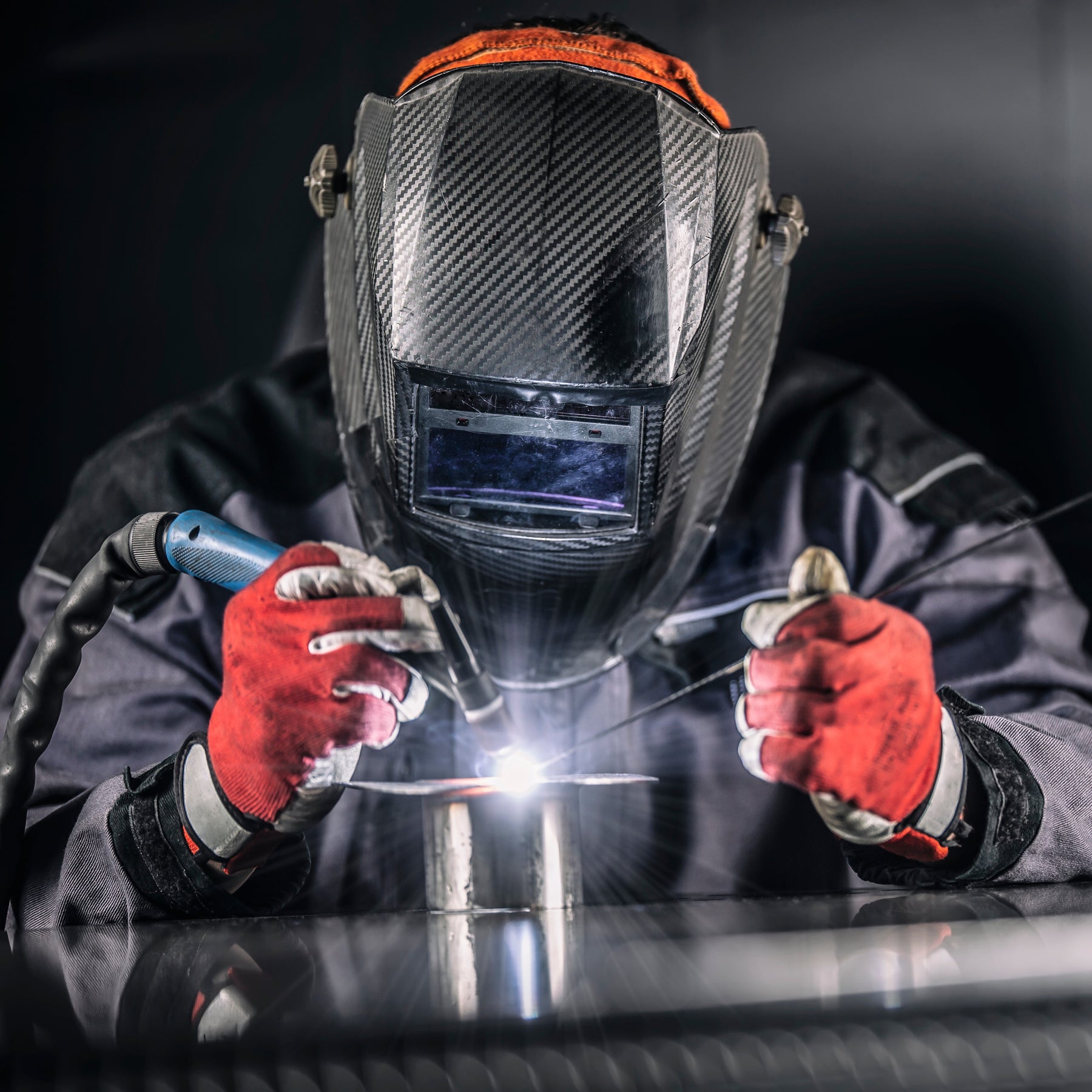
Tig Welding Versatility & Advantages
Tig welding, also known as Gas Tungsten Arc Welding (GTAW), is a type of welding that uses a non-consumable tungsten electrode to produce the weld. The weld is created by heating the metal with an electric arc, while a shielding gas is used to protect the weld area from contamination.
One of the main advantages of tig welding is its precision and control. The welder has the ability to precisely control the heat input, which allows for a cleaner, more precise weld. This makes tig welding ideal for welding thin materials, such as aluminum and stainless steel, as well as for welding in tight spaces where other types of welding may not be practical.
Another advantage of tig welding is its versatility. The process can be used to weld a wide range of materials, including aluminum, stainless steel, mild steel, nickel alloys, and copper alloys. This makes it a valuable tool for many industries, including aerospace, automotive, and medical device manufacturing.
However, tig welding also has some disadvantages. It is a relatively slow process compared to other types of welding, and it requires a high level of skill to master. Additionally, tig welding can be more expensive than other types of welding, as it requires specialized equipment, such as a tig welder and a shielding gas tank.
Despite these challenges, tig welding is a valuable tool for many industries and applications. Its precision and control make it a preferred method for welding thin materials and in tight spaces. And, with the right training and experience, tig welding can produce high-quality, durable welds that will last for years to come.















































































































































































































Leave a comment